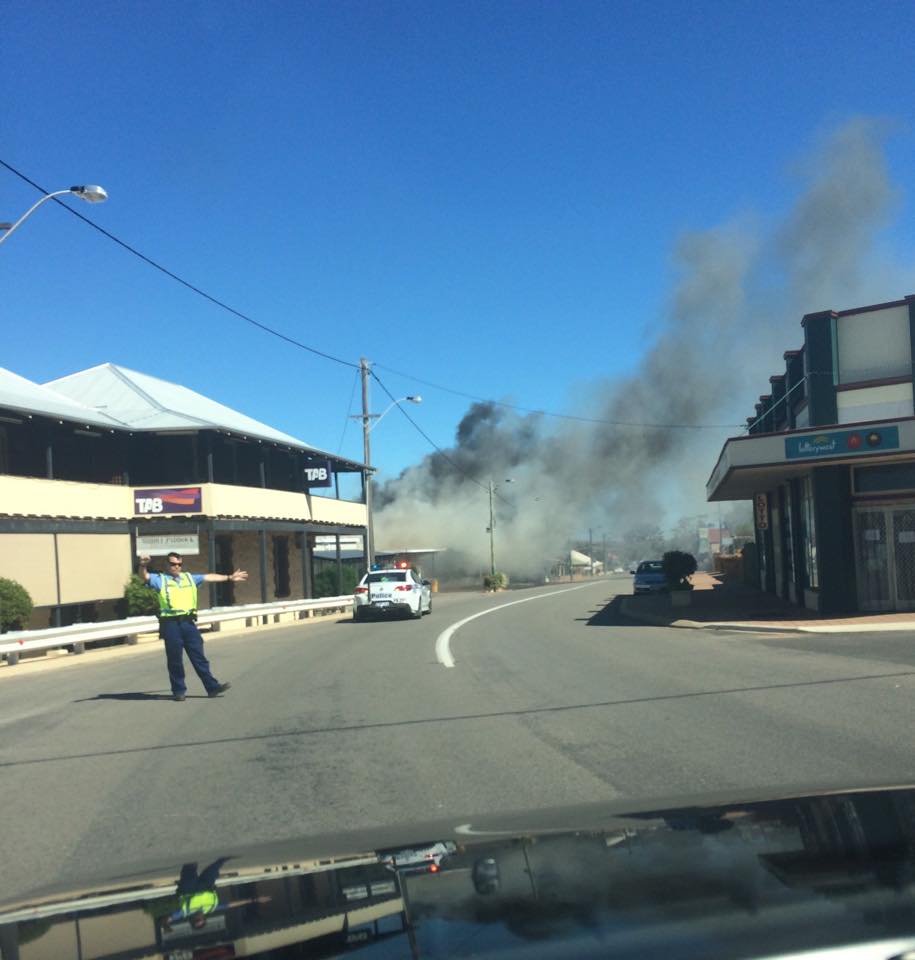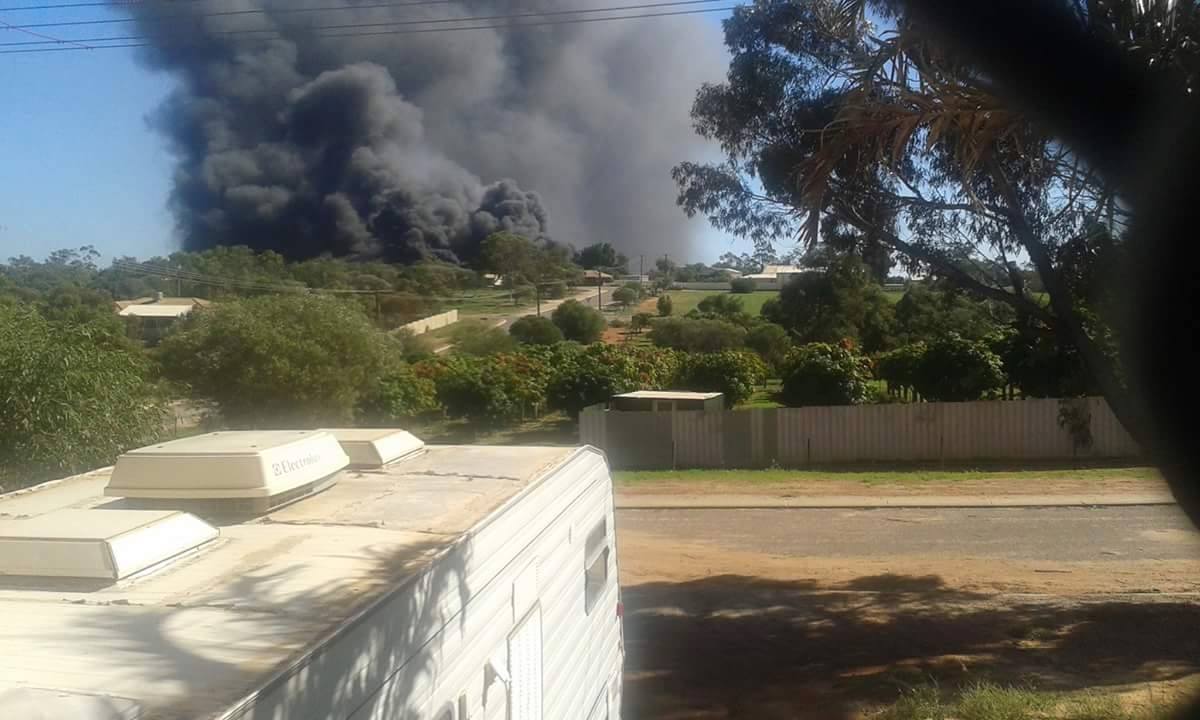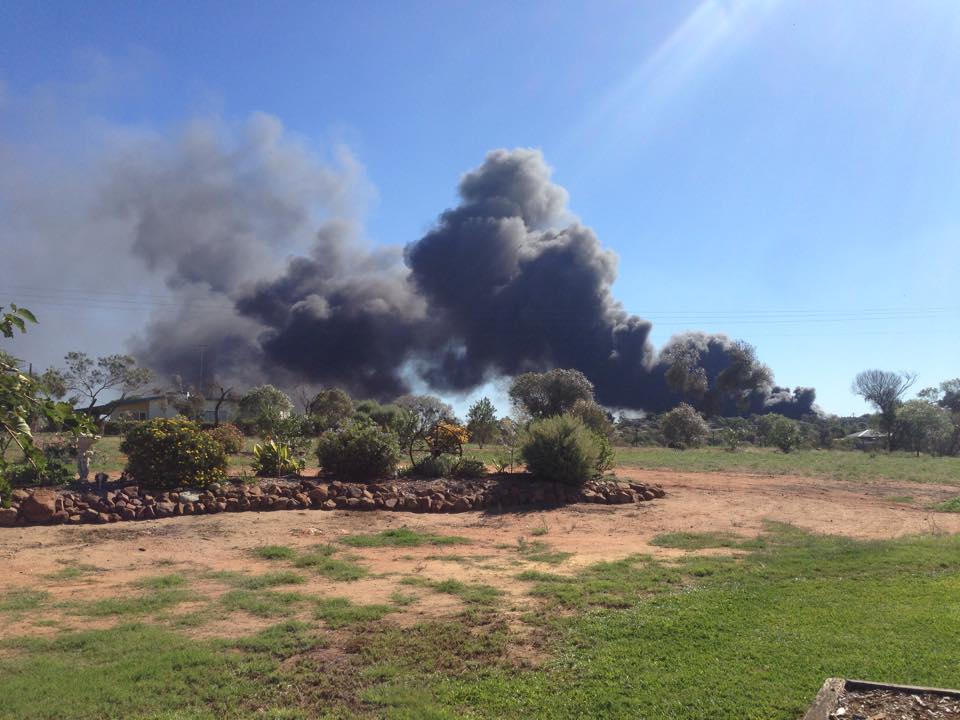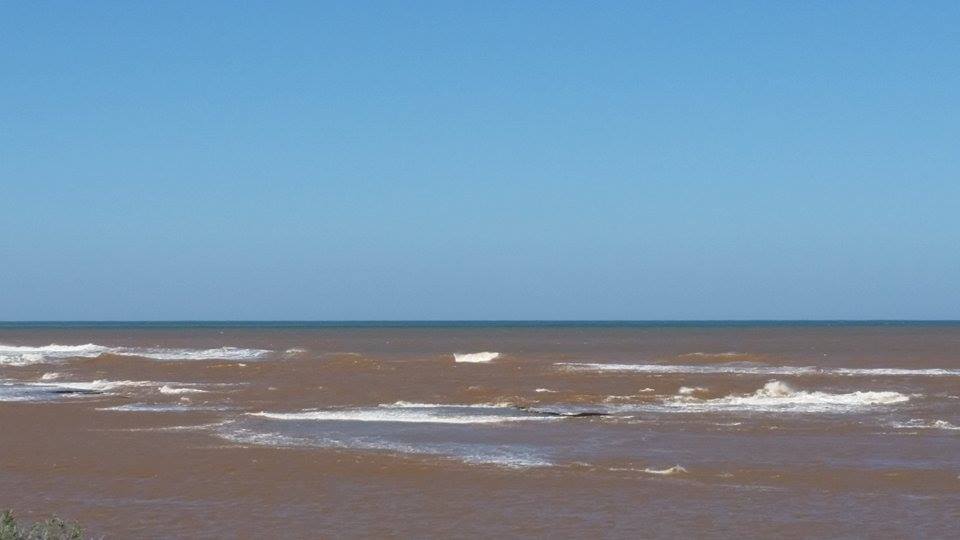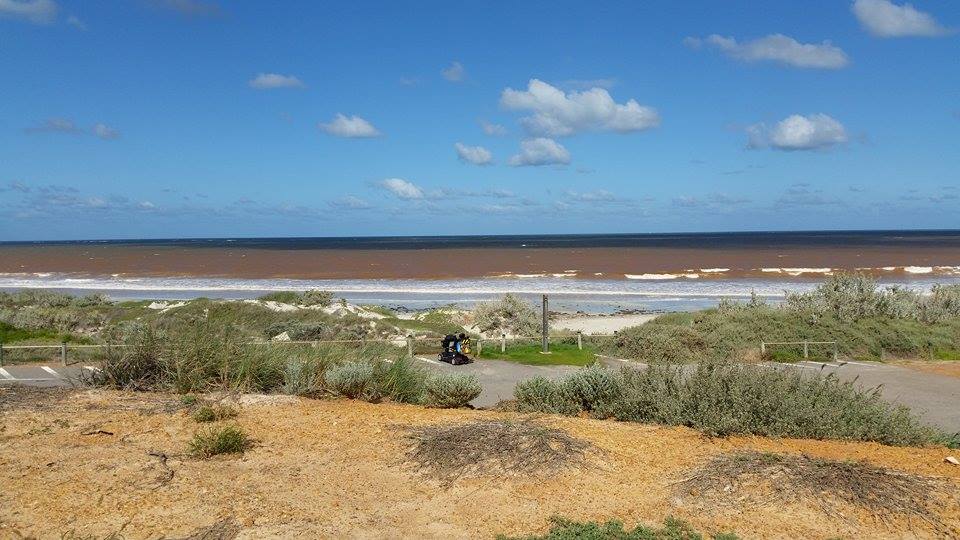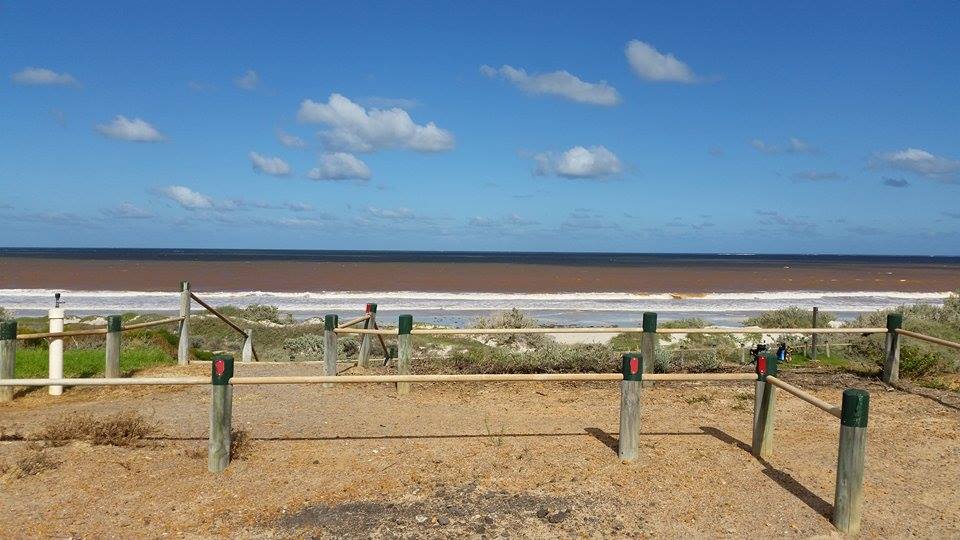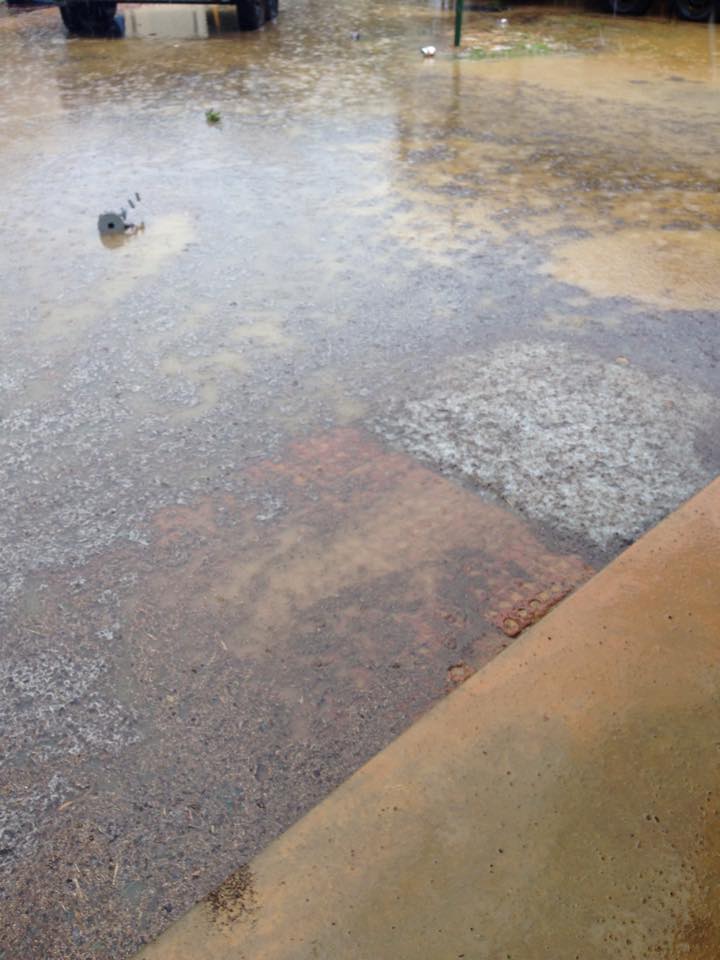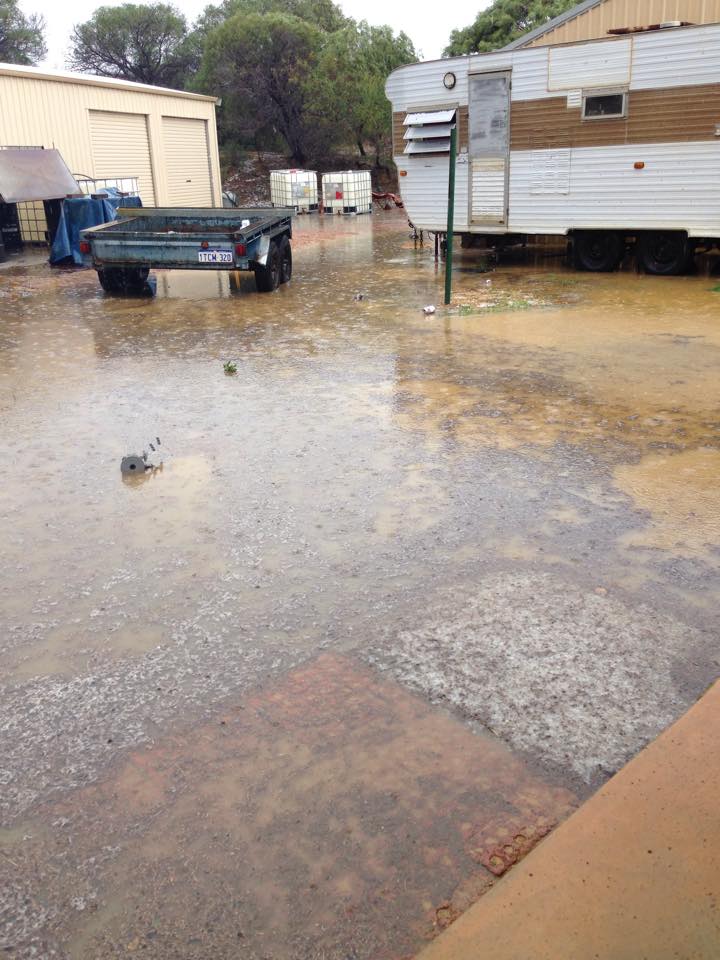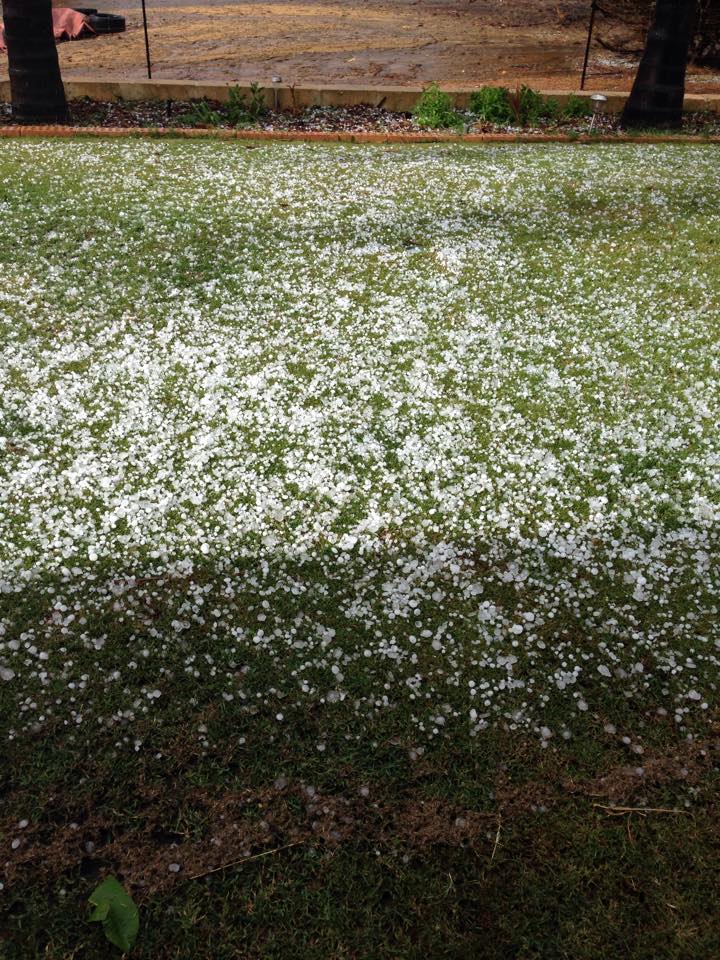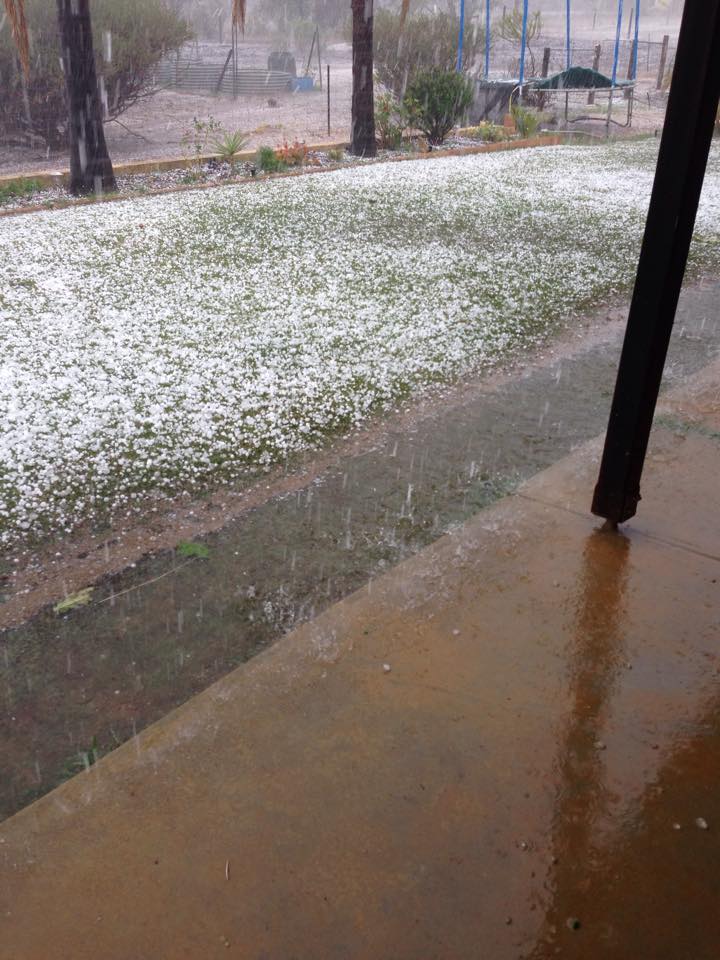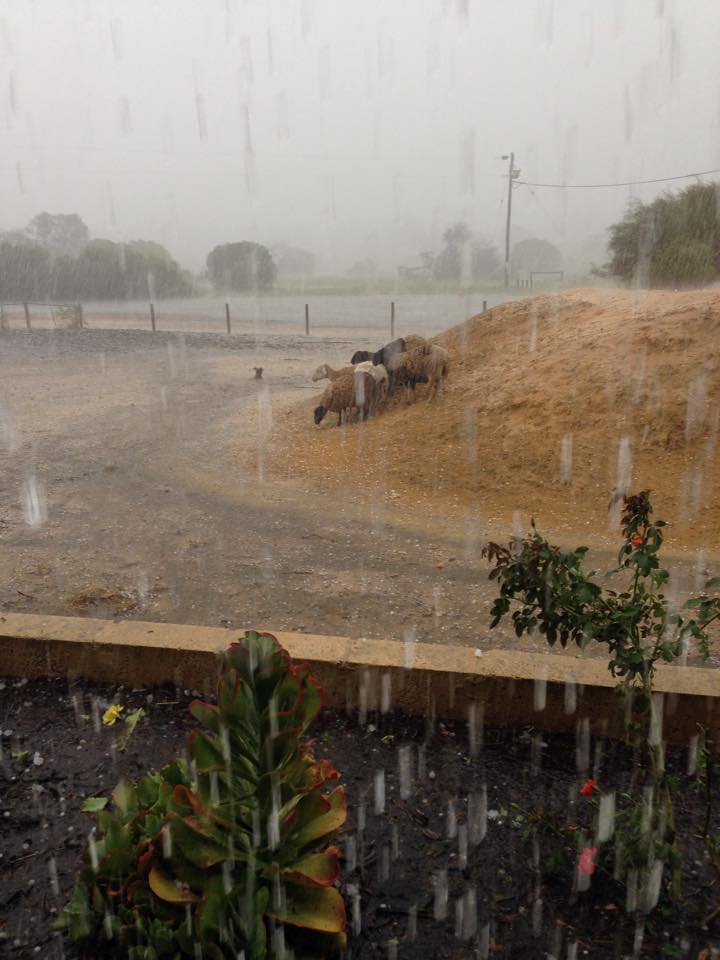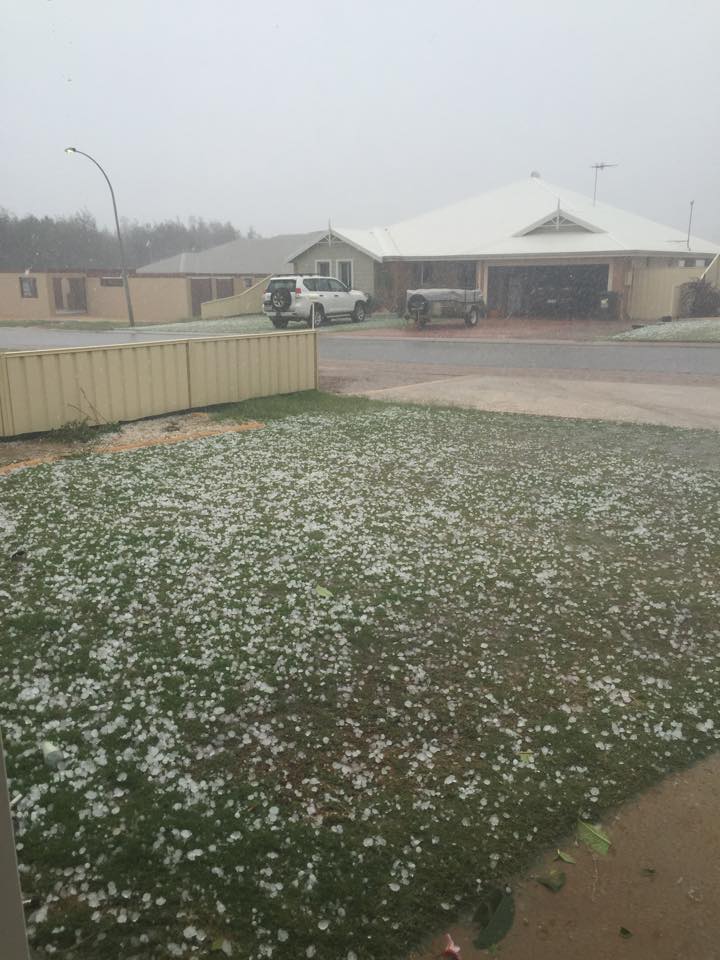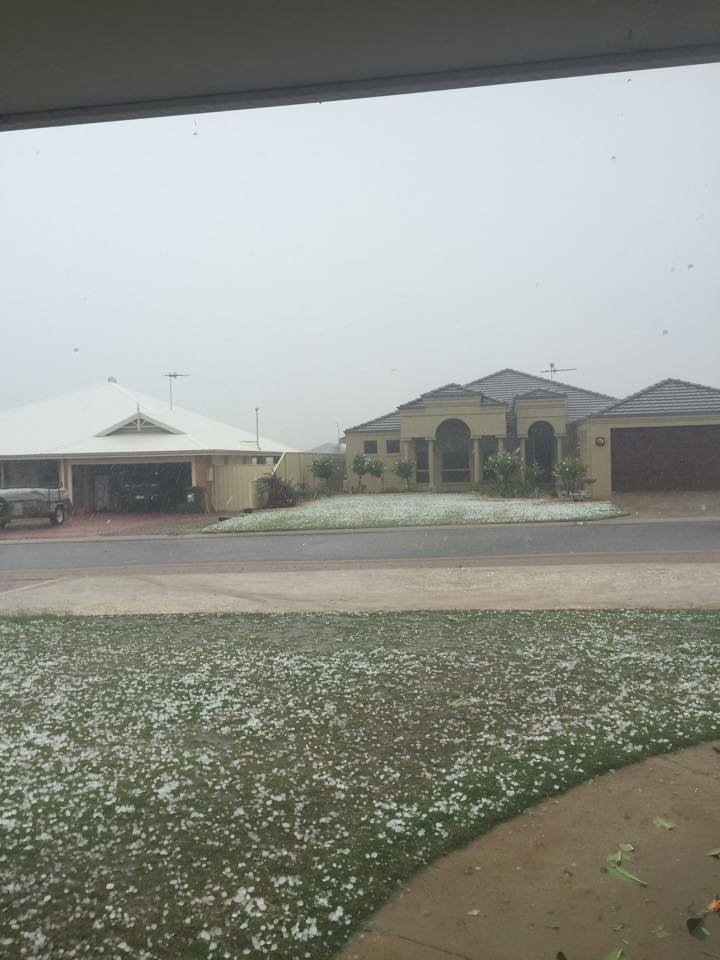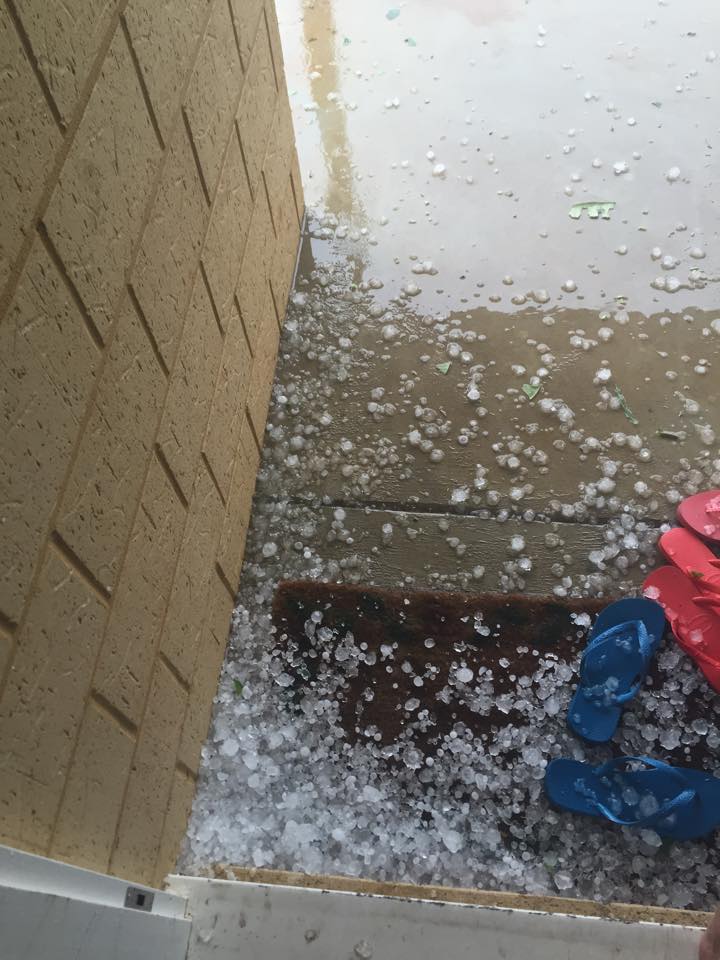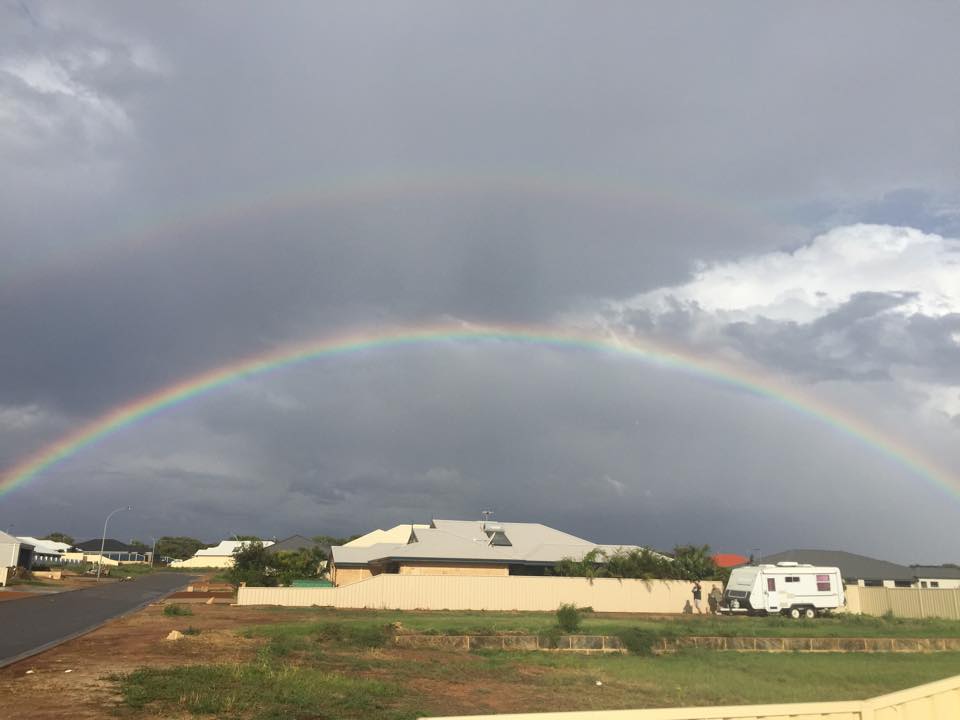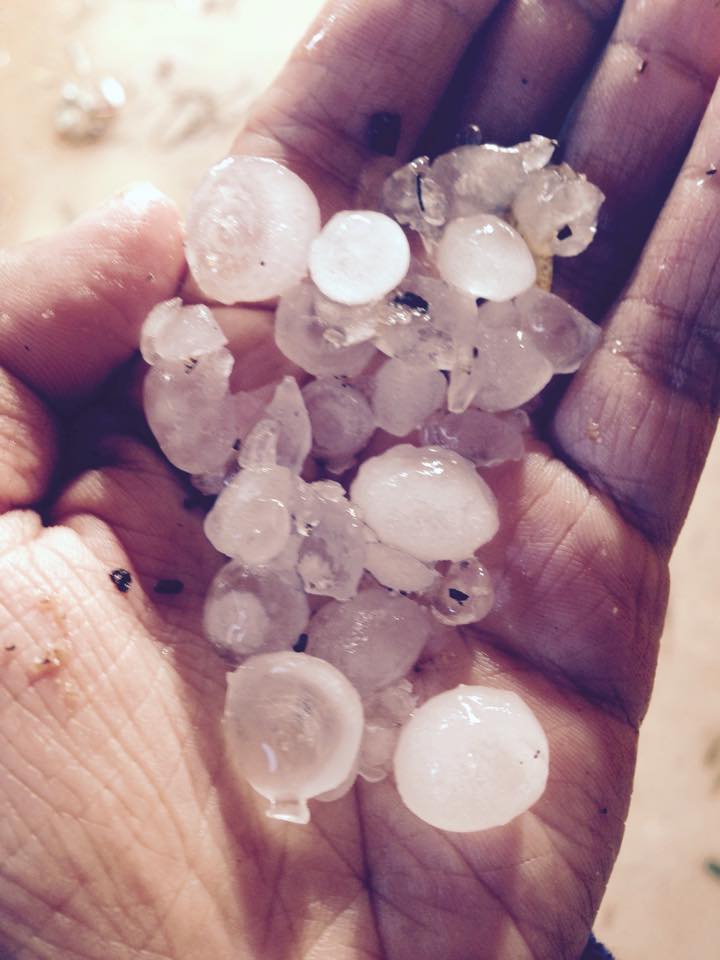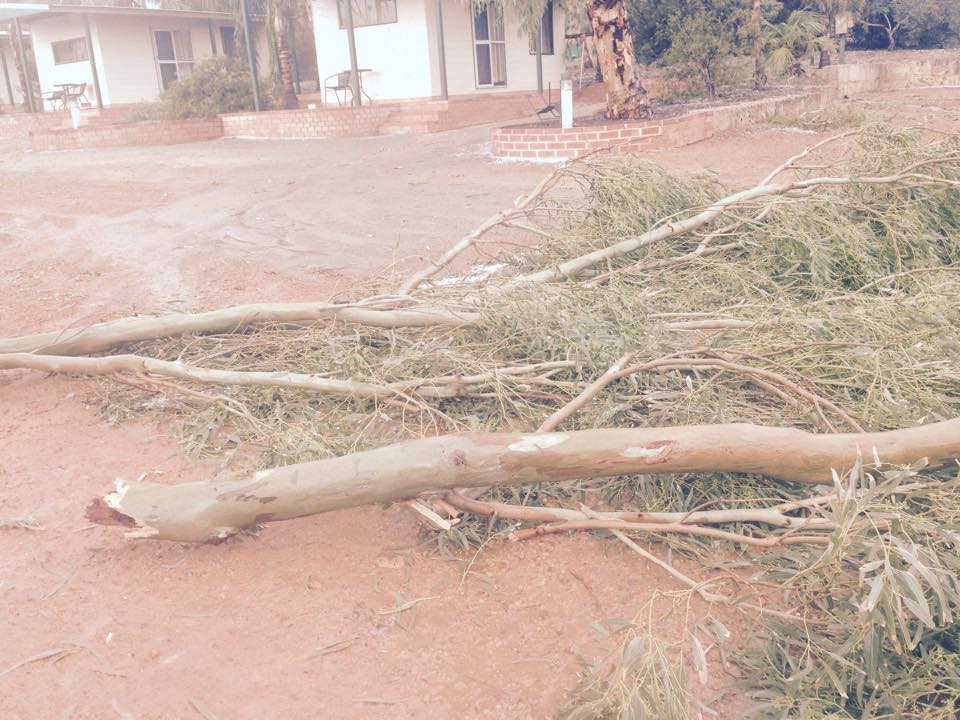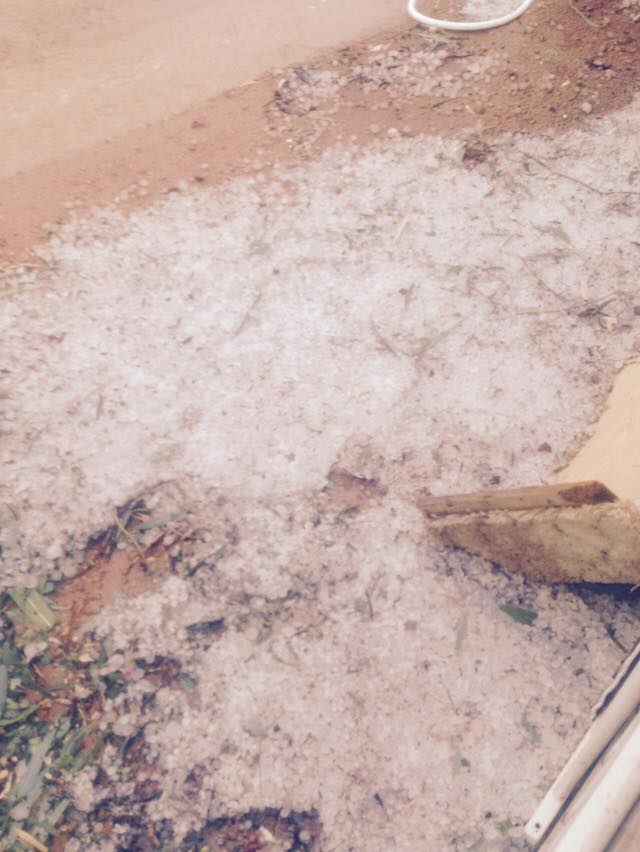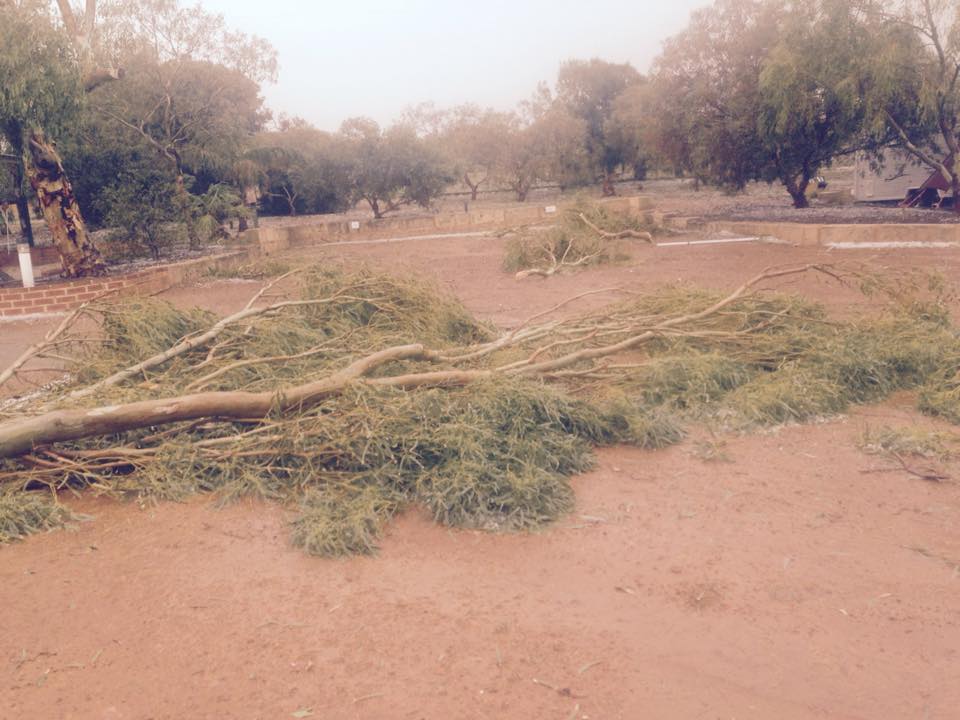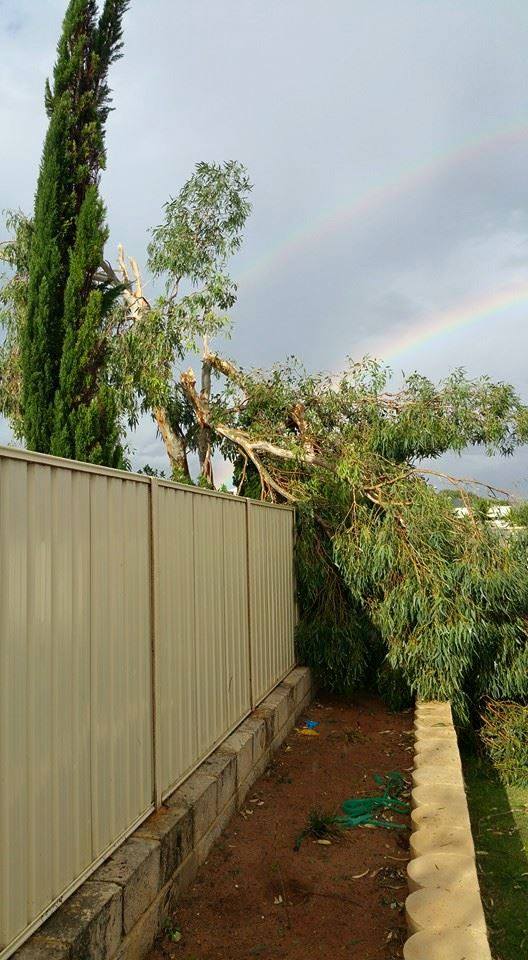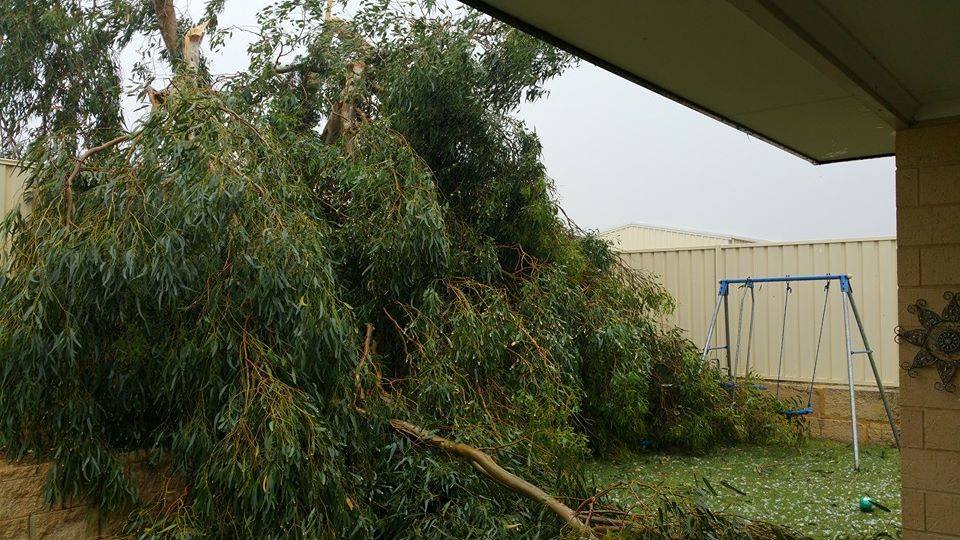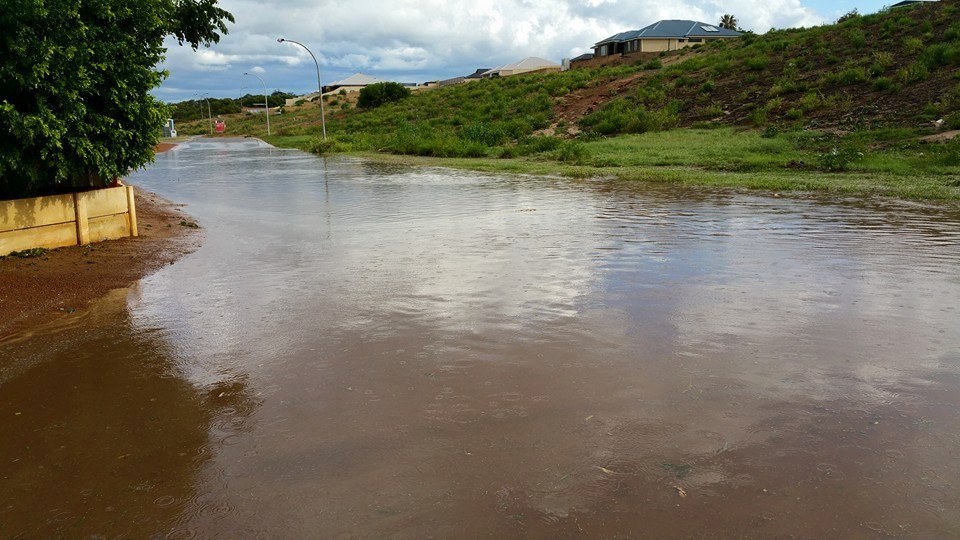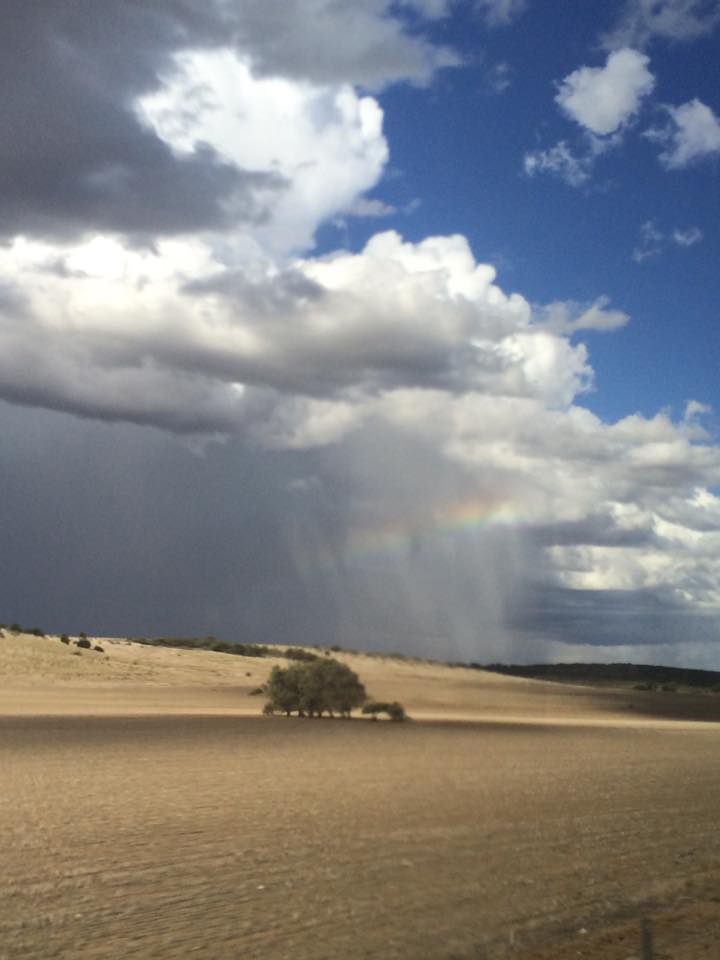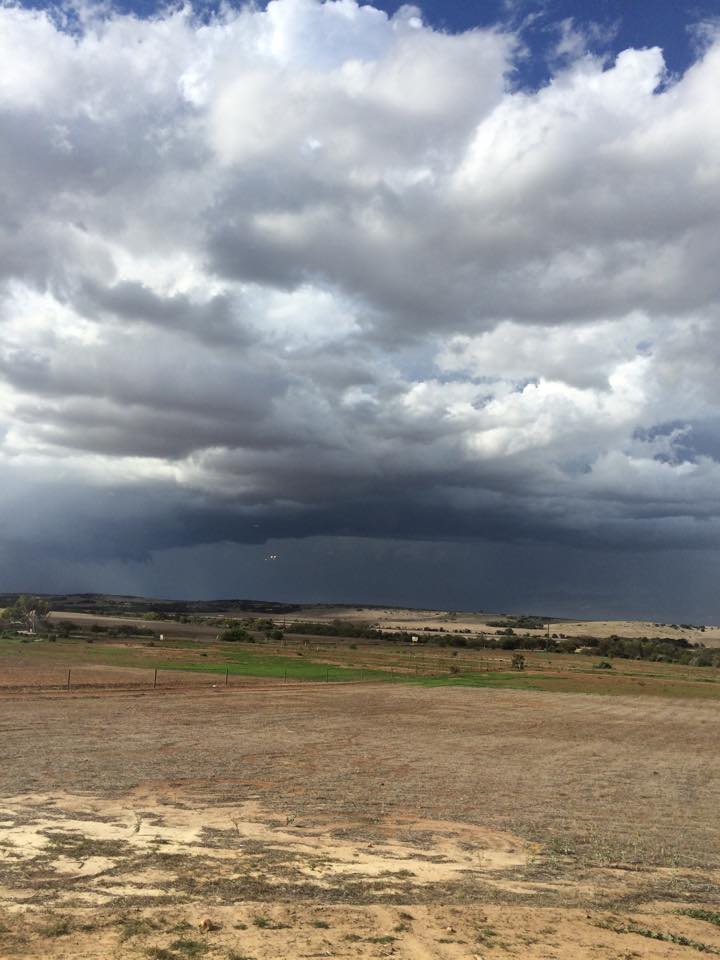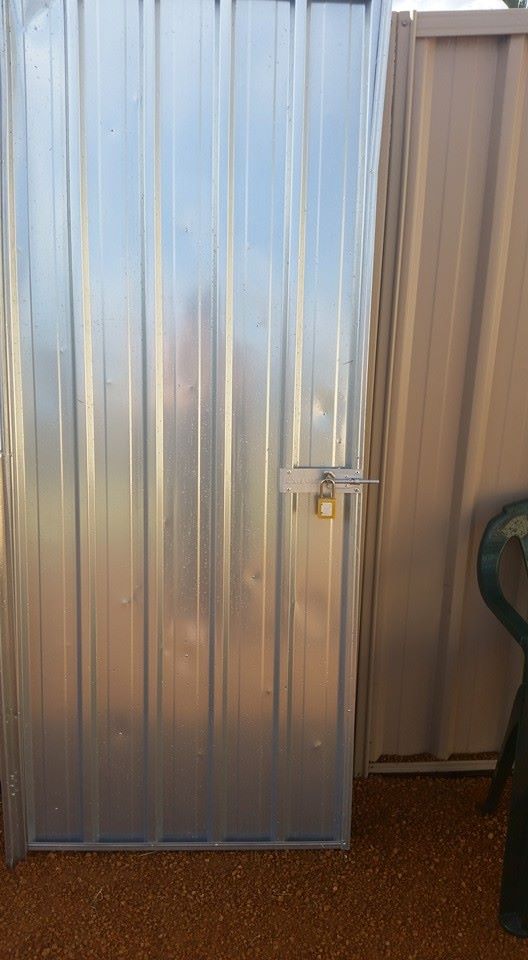Speaking about NACC and his hopes for it into the future:
"I hope that NACC in the future is recognised for what it does, it doesn't get recognised fully for what it does now with the important role it plays.
"And I hope that we continue to be progressive on how we use communications to promote our work and to engage our constituency, if you like, in our work.
"NACC is a member organisation. It developed from being a small community organisation to where it is now. It is still a member based organisation and I hope that everyone who lives in our region is prepared to become a member, effectively, and support NACC."
So just Joe Bloggs up the street can become a member?
"Yeah."
Okay. Does it cost money to become a member?
"It costs nothing.
"But all it takes is for you to have a common belief that you want to have a sustainable future here. And NACC is a vehicle that can help achieve that. And so I would hope that everyone knows about NACC and says I want to be a member of NACC and I want to ensure that the values that NACC has for this region are the values that I want to have personally. So whether that's looking after our beaches, or looking after our water ways or looking after other natural resources and making sure that they are managed in a sustainable manner so that future generations that live in this area have those same assets."
Okay, so you don't have to be a major landholder or key stake holder or any of those to be a NACC member. What practically is there to do? Come in and sign a form?
"Exactly, yeah."
Why would a member of the public need to call NACC? Do people reach out to you to ask questions about a weird species they've found or they've got a snake in their backyard? What are some other reasons the public would want to contact NACC?
"Ok so, what is always wanted is information. We have a huge amount of information both within the staff here but also within our system from having been out there operating doing stuff for the last decade or more.
"Another one is help. 'I'm an individual and I'm trying to control a weed outbreak on a creek line adjacent to my property. I can't do it by myself, can you guys help? Or can you direct us to someone who else who can help.' It might be about funding; 'I'm in a small group. We need some funding to help us do some coastal restoration, can NACC help us with funding?' Or it might be about voice, 'we are one small group, we've got this issue, and no one is listening to us, can you help us reach key constituents to get that voice made louder?' And another one might be 'we're thinking about doing this, is that a good idea? Are other groups are doing that. What are neighbour groups doing, what is the federal government think we should be doing about this?'
"And then there's other groups that don't have environmental stewardship as part of their mandate. They might be saying 'maybe we should partnering with NACC, to say that while we are doing a development proposal we can be talking to you about what needs to happen in terms of environmental stewardship.'"
There are still people that are turned off by anything that might be considered "greeny". How does NACC help bring those people on board?
"I guess the obvious one is through dialog, to demonstrate that nothing is never an us and them situation, everything is always 'what do we have in common here?'.
"And you can go to someone who's saying 'I want to fish or hunt here.'
No problem. Let's make sure you can fish and hunt in the future too, so let's find ways to do it sustainably.
"So how do we make sure that no matter what we're doing, we're doing it in a sustainable manner so that things are around in the future?
"You look for commonalities there; it's all about 'Well I want to keep doing what I'm doing' or 'I want my kids or grandkids to be able to grow up and be able to fish or hunt or whatever'.
"So I think that's where everyone wants the same thing."











